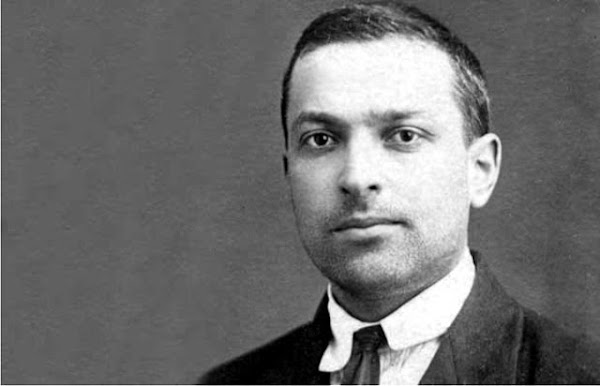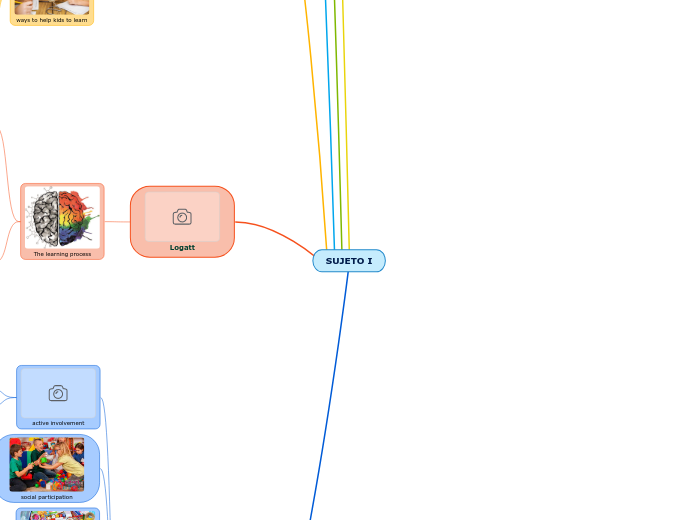SUJETO I

Vygotsky
/SocialConstructionism-5c53d71f46e0fb00013a1fc0.jpg)
social constructivism
animals are different from humans

culture/environment
to understand the world

shape cognitive development
historical process
social in nature
'tools' of language, numbers and symbols
should be introduced at school
the importance of play
/ZPD-5c4f777fc9e77c0001d76269.jpg)
ZPD
Scaffolding

Brunner
From cognitive to construct to culturalism

spiral curriculum
knowledge is refreshable and needs revisiting
Three modes to develop experiences into learning
Enactive:relates to where children do things for themselves through action and play
Iconic: happens when children can comprehend images, pictures and number
Symbolic: where children can understand abstraction, language and reason

Scafolding
The teacher should know when to help, how to motivate and know the individual needs of each child
the teacher's role
to assist children to develop deeper understanding and encourage them to reflect and revisit previous knowledge

Montessori
stages of child's development
an absorbent mind
birth to six
a concious mind
six to twelve
abstract thinking
twelve to eighteen
adulthood
eighteen to twenty-four

provide kids with choices and freedom to become individual and creative
kids develop
self-control
self-respect
self-confidence
self-indipendence
decision makers
responsible for their own learning
environment
favourable and structured
teachers' role
facilitator
controller
observer
Teaching young learners to think

the teachers'role

to motivate
provoke a feeling of "I can" on kids
cheering up when kids make mistakes

to enourage
participation
using li2

to plan
strategies to challenge kids
appealing lessons
to help
kids to develop thinking habits
of problem solving
responding to challenges

ways to help kids to learn
convey a purpose in each activity
show a clear intention
make sure kids understand what is requiered
keep kids motivated and willing
a sense of I can
to teach kids to control their behaviour
how to set goals
evaluate their progress
encourage cooperative learning
develop a sense of belonging

Logatt

The learning process
any change in behaviour that can be generated fgrom knowledge, practise or life experience
Implicit
Authomatic / easy to acquire
executive-emotional learning
Explicit
Entirely voluntary
Requires selective attention
cognitive-executive learning
unconscious
conscious
search of knowledge
The factors
limitate
the brain's biology of each species
the biology of each brain
personal life experiences
other people's life experiences
the historical time we are going through
the context selected
enriched / empoverished
facilitate
a positive emotional state
an enriched environment
a fraternal atmosphere
a sense of what we learn
How children learn

active involvement
challenging environments
allow students to explore
social participation
Vygotsky
children learn by internalizing habits, activities, ideas of the members of their communities
cooperative work
meaningful activities
activities related to real life
authentic context
relating new information to prior knowledge
use of the prior knowledge to understand new information

Being strategic
strategies improve learning

engaging in self-regulation and being reflective
learners monitor their learning

restructuring prior knowledge
it is necessary to get involved in the new task

understanding rather memorization
explanation
understanding
the nwe knoledge can be applied to other situations
critical thinking
learn through real life situations
meaningful learning
new knowledge can be transferred to real life situations

practice
to be expert
developmental and individual differences
create an environment according each particular case

creating motivated learners
effort: success
